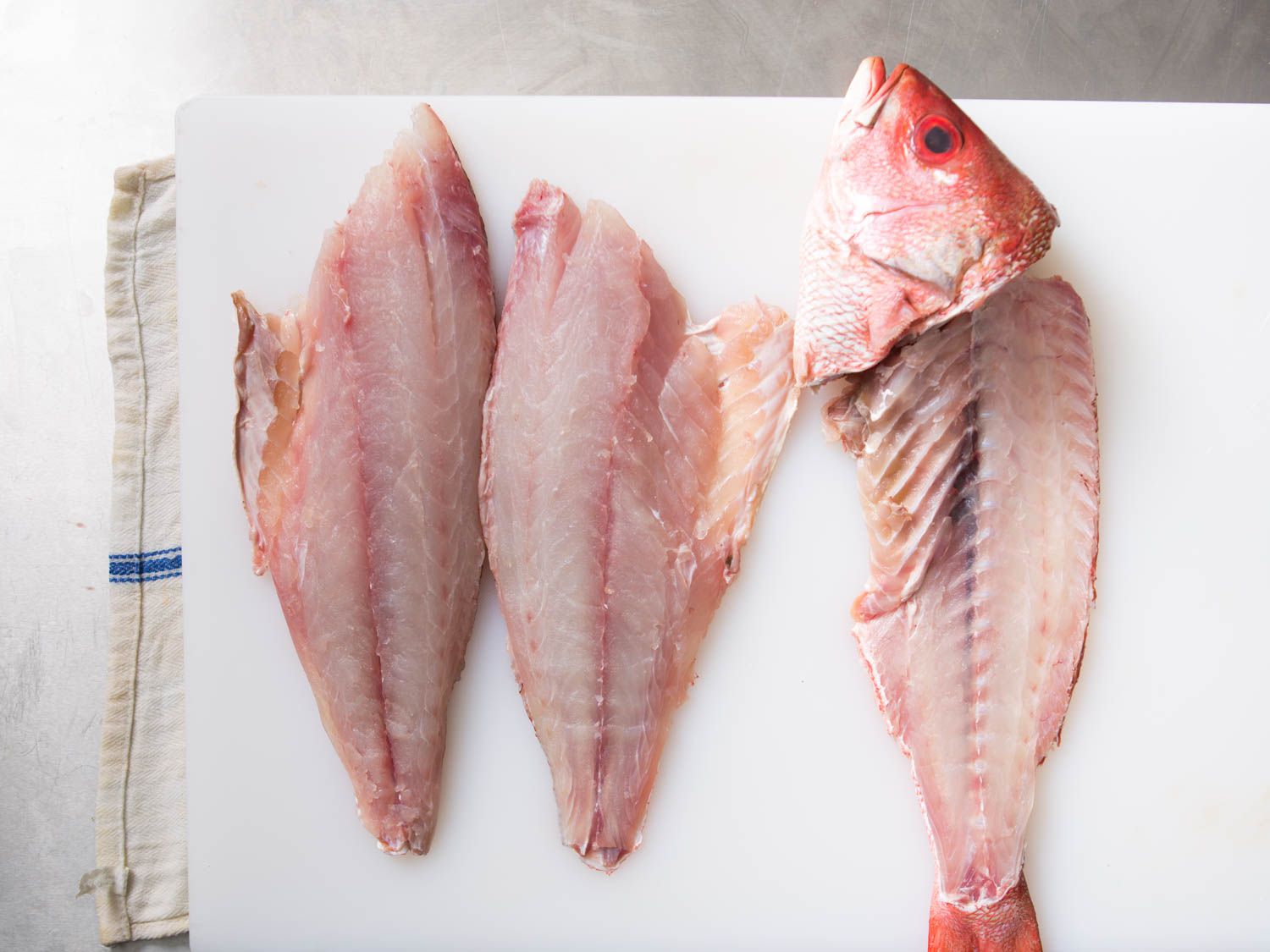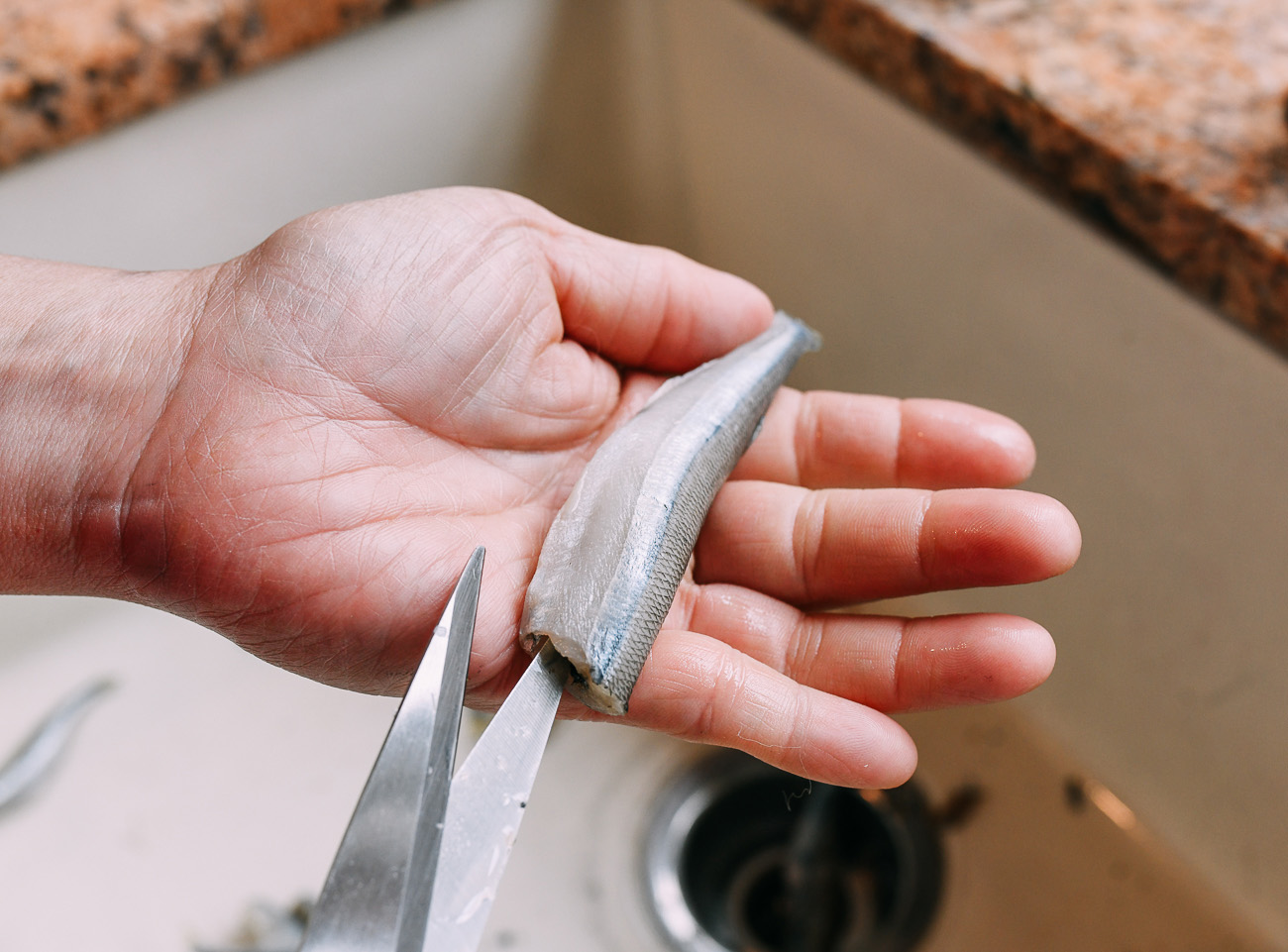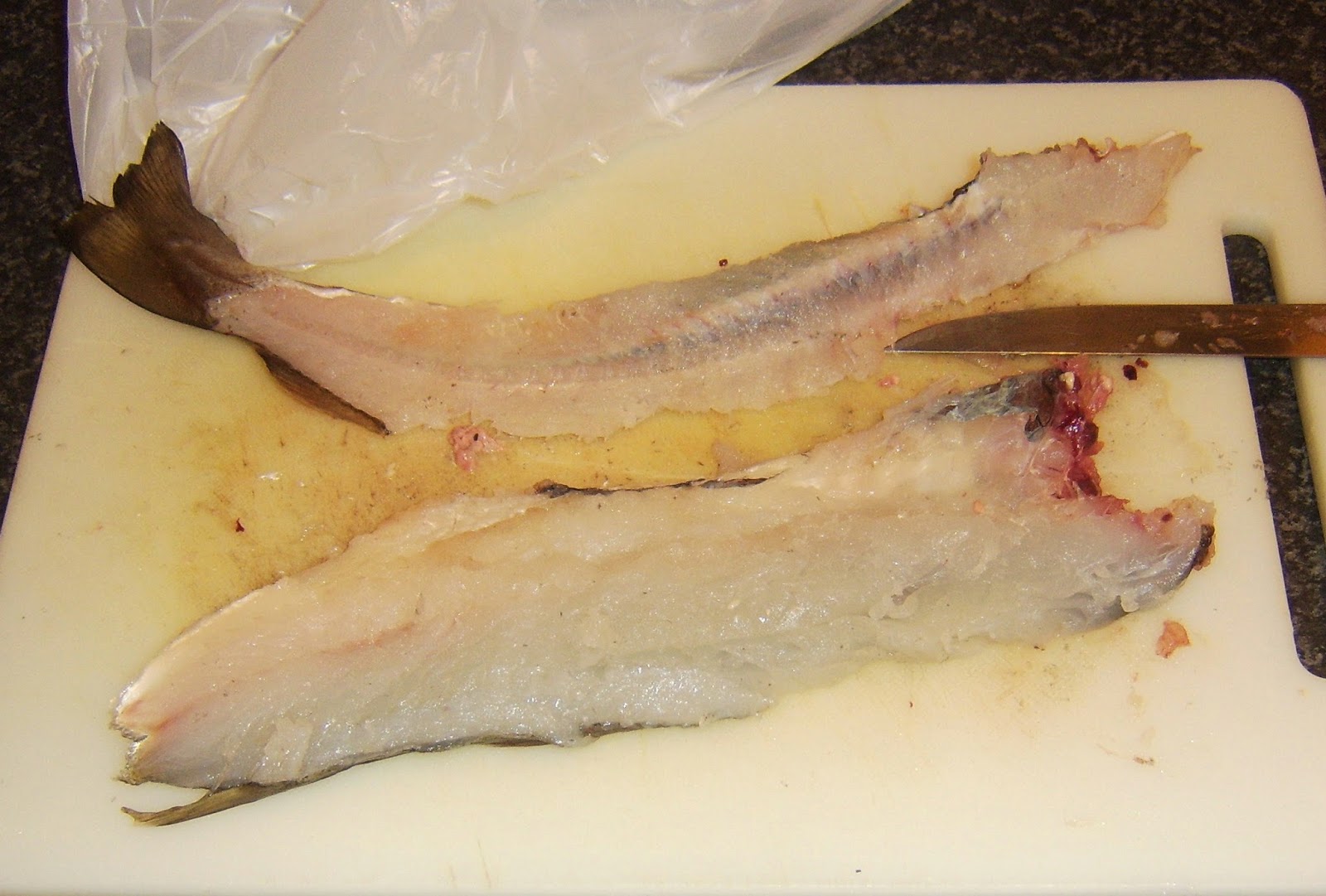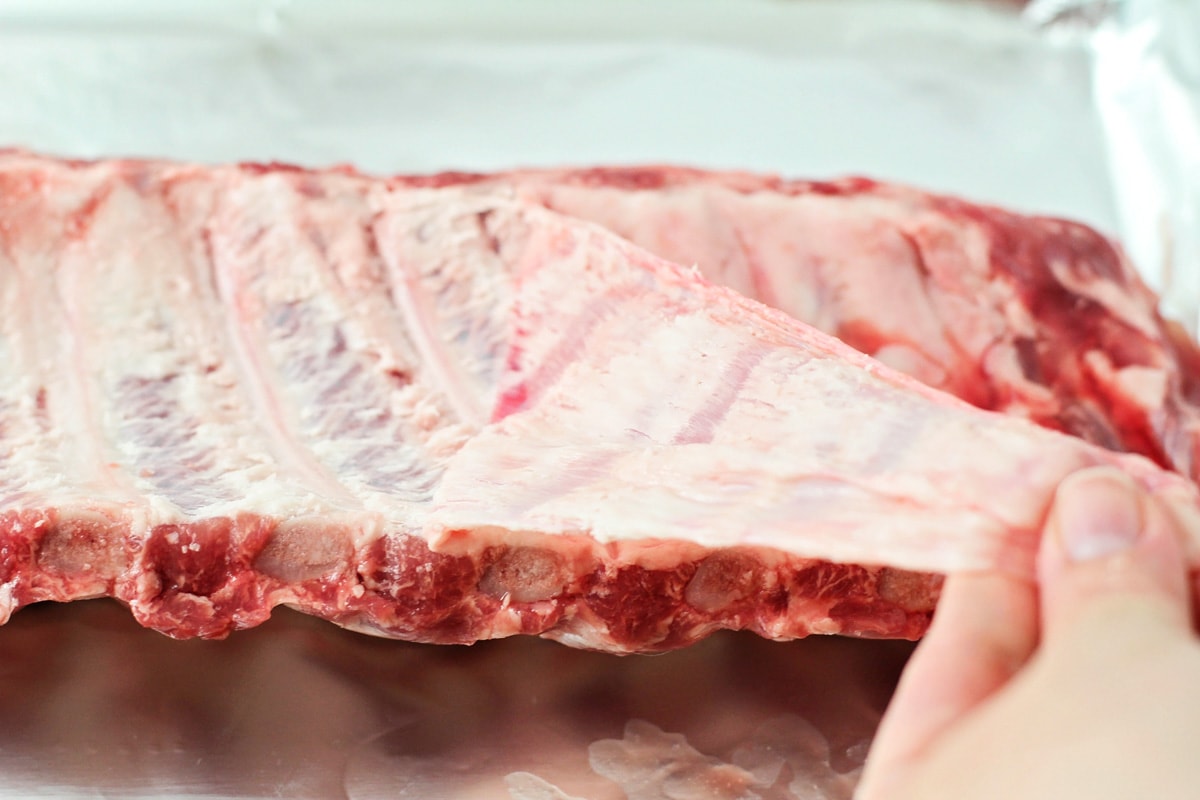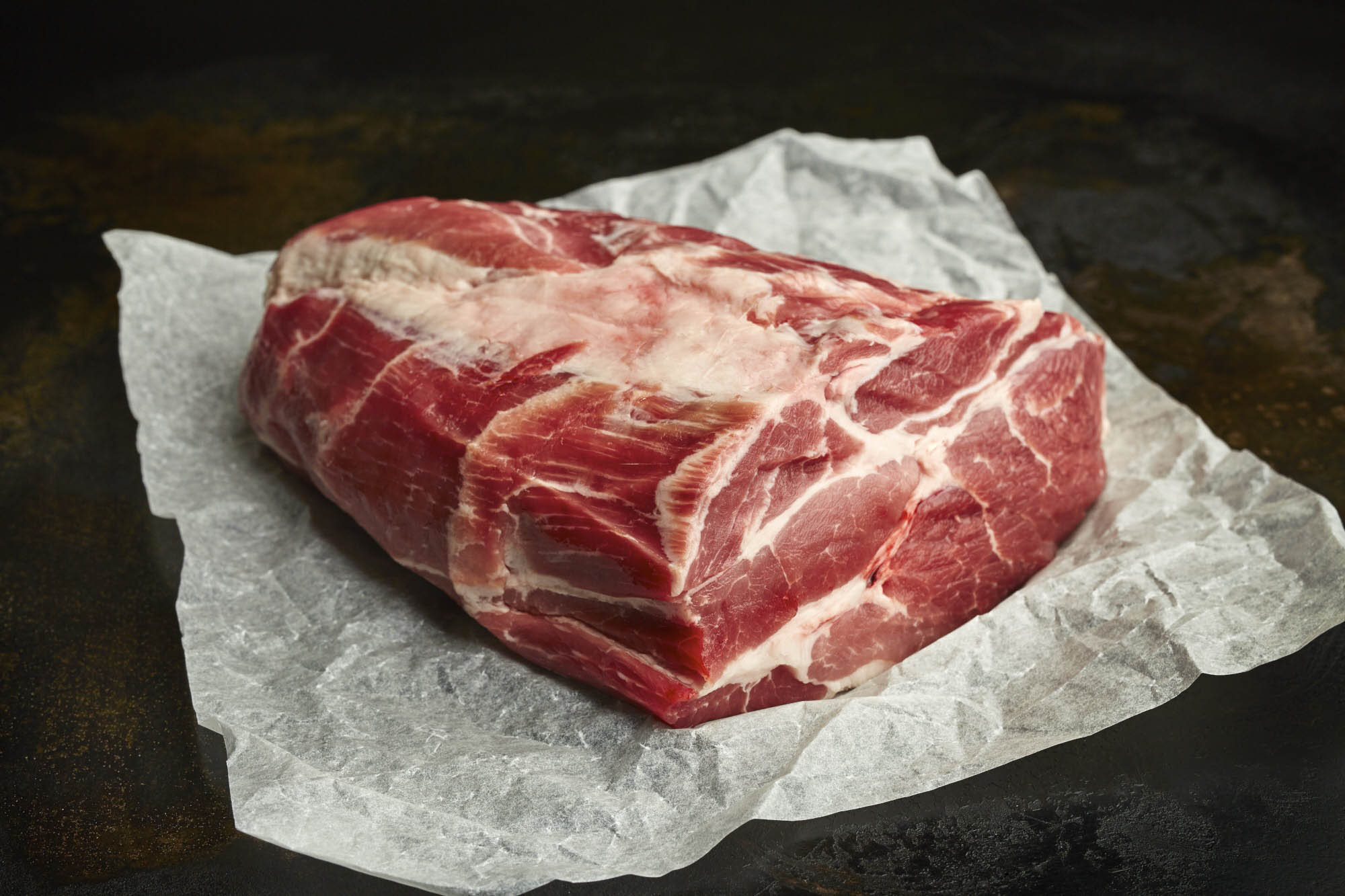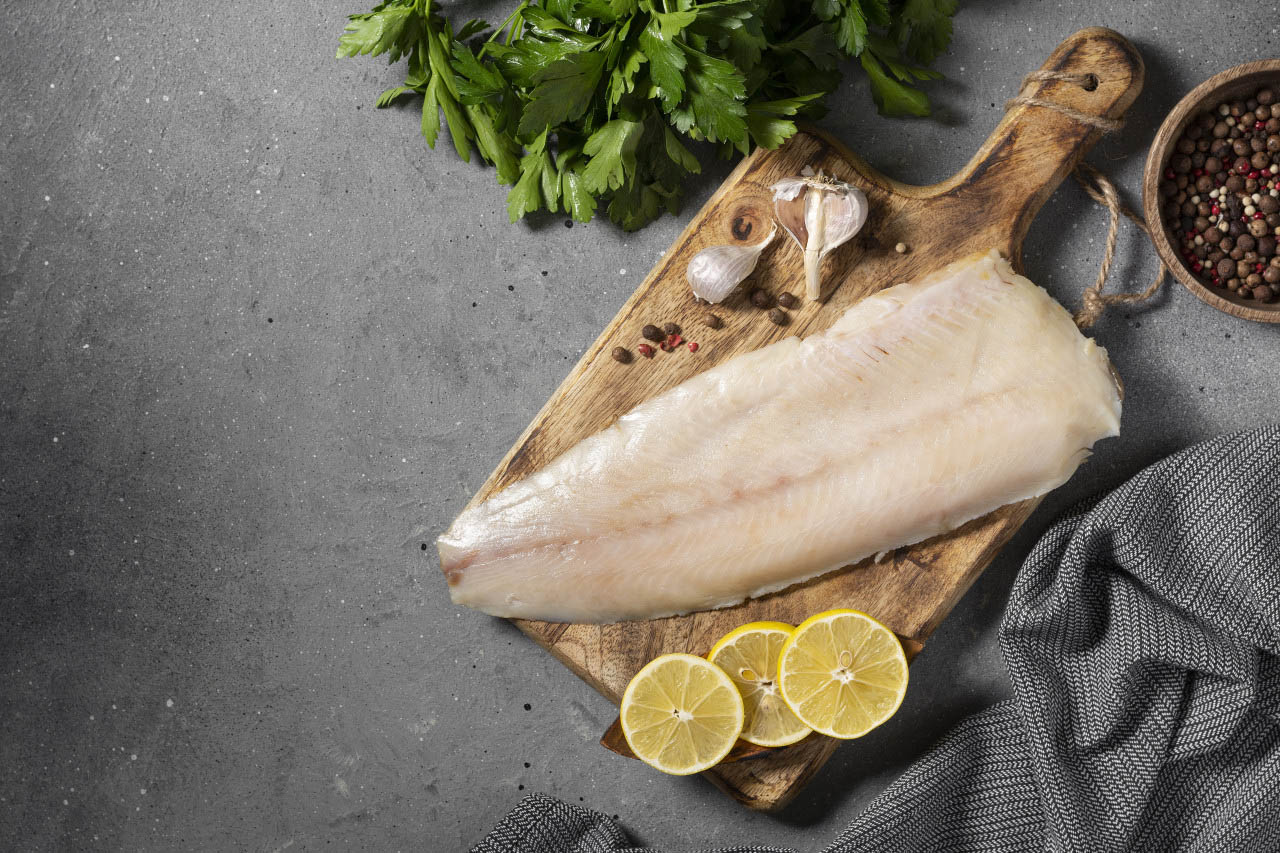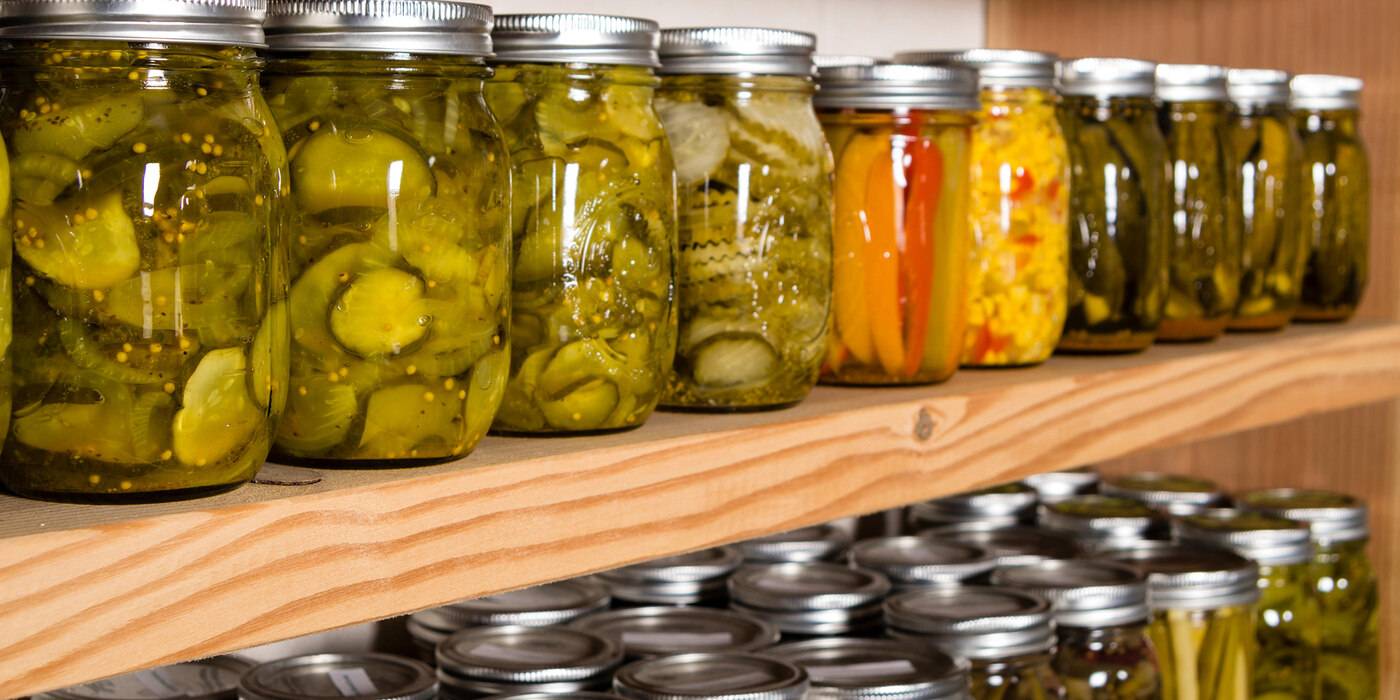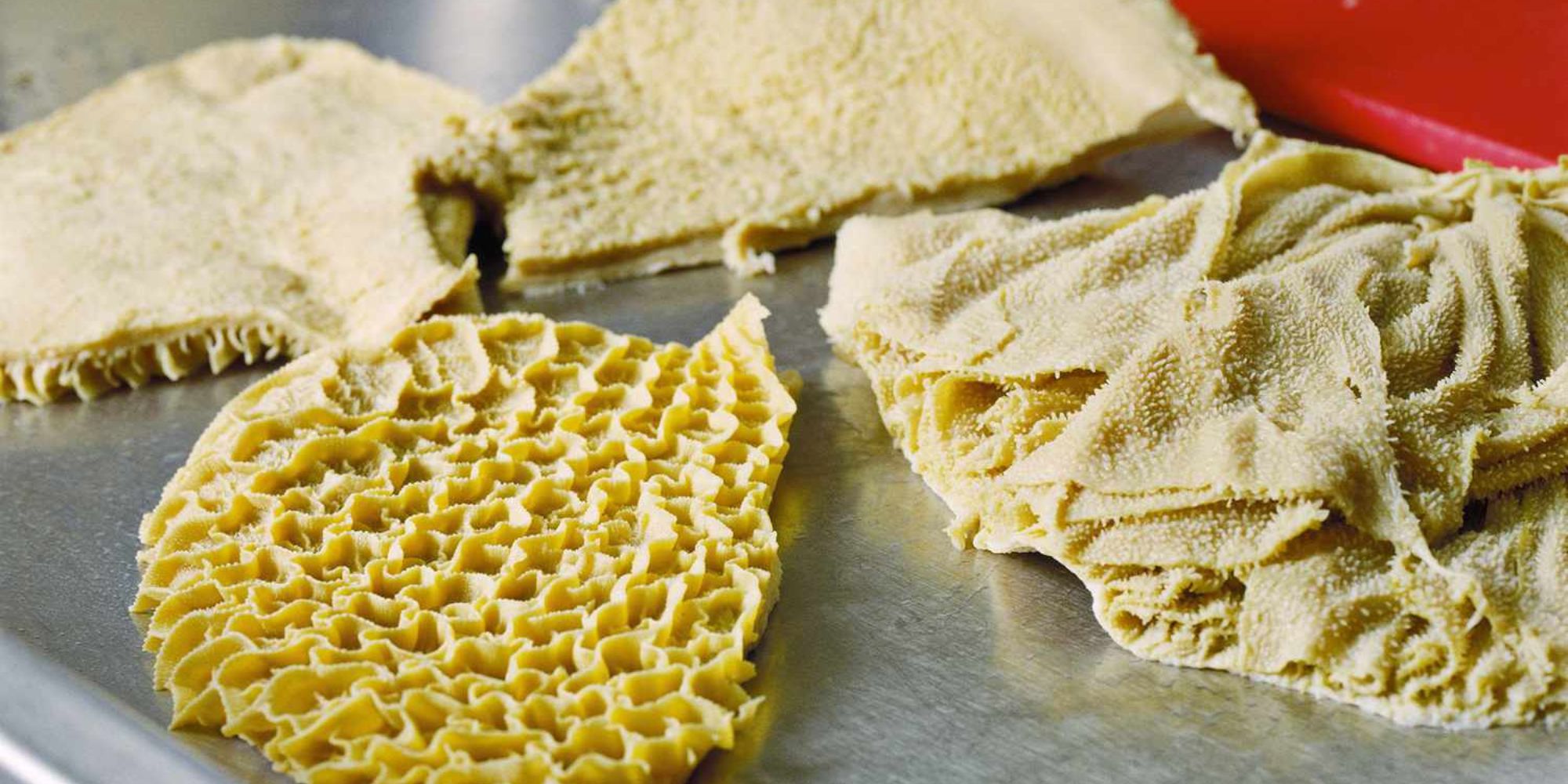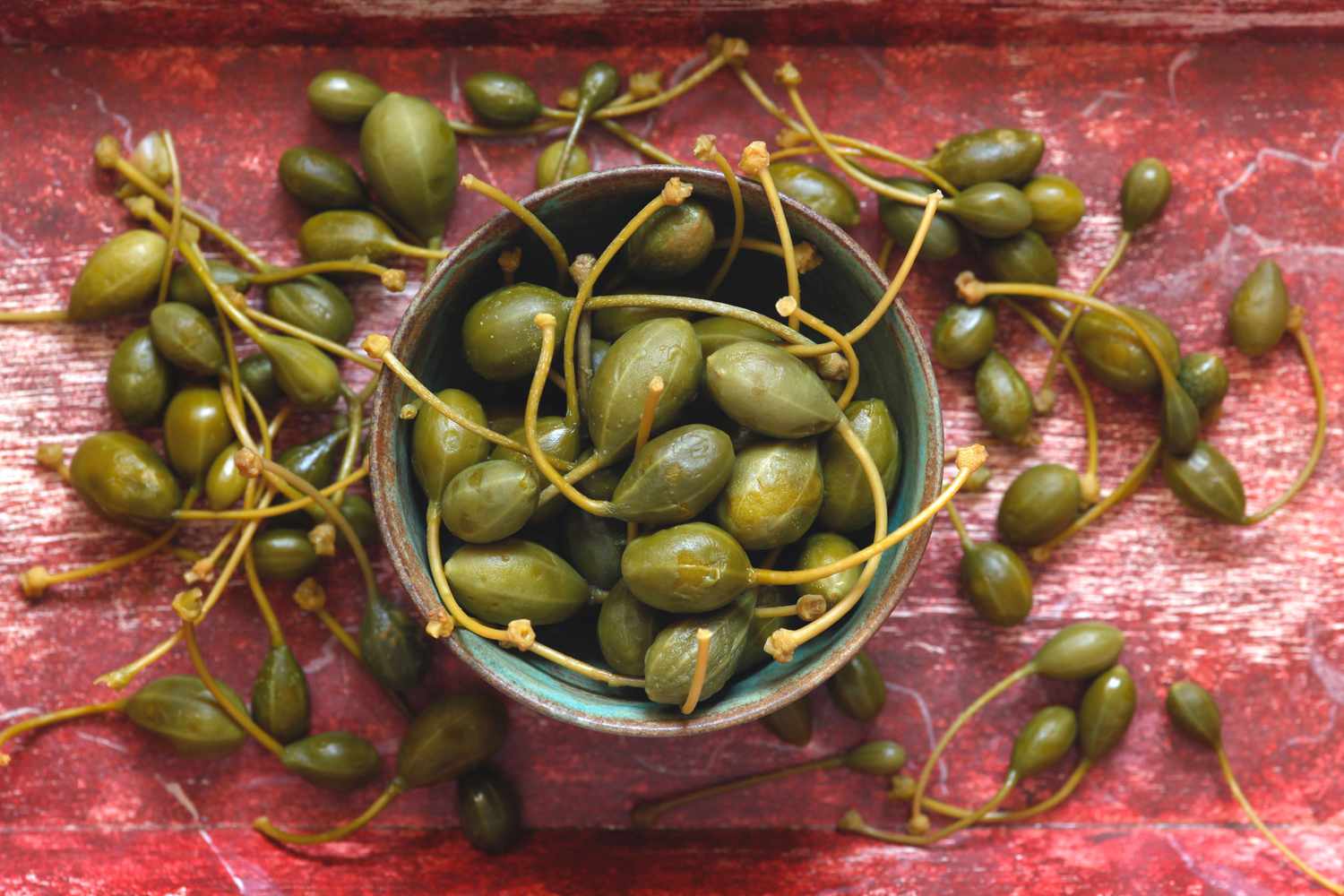Deboning Herring: A Step-by-Step Guide
Deboning herring may seem like a daunting task, but with the right technique, it can be a rewarding and delicious experience. Herring is a flavorful and nutritious fish that is enjoyed by many around the world. Whether you’re preparing pickled herring, herring fillets, or a traditional herring dish, learning how to debone herring is a valuable skill for any home cook. Follow these simple steps to master the art of deboning herring.
What You’ll Need:
- Fresh herring
- Cutting board
- Sharp fillet knife
- Tweezers or pliers
- Paper towels
Step 1: Prepare the Herring
Start by placing the herring on a clean cutting board. Use a sharp fillet knife to make a shallow incision behind the gills, cutting down to the backbone. Then, make a similar incision along the belly of the fish, from the head to the tail. Be sure to use a gentle and steady hand to avoid damaging the flesh.
Step 2: Remove the Head and Innards
Once the incisions are made, carefully remove the head of the herring by gently twisting and pulling it away from the body. Next, use your fingers or a small spoon to scoop out the innards from the body cavity. Discard the head and innards, or save them for making fish stock.
Step 3: Fillet the Herring
With the head and innards removed, it’s time to fillet the herring. Starting at the head end, carefully run the fillet knife along the backbone, separating the flesh from the bones in a smooth, sweeping motion. Use the blade to gently separate the fillet from the ribcage, working your way down to the tail. Repeat the process on the other side of the herring to obtain two fillets.
Step 4: Remove the Pin Bones
After filleting the herring, you may notice small pin bones running along the center of each fillet. Use a pair of tweezers or pliers to grasp the end of a pin bone and carefully pull it out in the direction of the fillet’s natural grain. Repeat this process to remove all the pin bones from the fillets.
Step 5: Rinse and Dry the Fillets
Once the pin bones are removed, rinse the herring fillets under cold water to remove any remaining bones or scales. Pat the fillets dry with paper towels to ensure they are clean and ready to be used in your favorite herring recipes.
Enjoy Your Deboned Herring
Now that you’ve mastered the art of deboning herring, you can enjoy the delicious and versatile fish in a variety of dishes. Whether you’re making pickled herring, herring salad, or simply pan-searing herring fillets, your deboning skills will take your culinary creations to the next level. With practice and patience, deboning herring will become second nature, allowing you to fully appreciate the delicate flavor and texture of this beloved fish.
Remember, practice makes perfect, so don’t be discouraged if your first attempt isn’t flawless. With time and experience, you’ll become a deboning herring expert in no time.
So, next time you’re at the fish market or grocery store, pick up some fresh herring and put your newfound skills to the test. Your friends and family will be impressed by your ability to debone herring like a pro!
Happy cooking!
Mastering the skill of deboning herring opens up a world of culinary possibilities. For an easy start, try the Pickled Herring Recipe, where the herring’s tangy flavor shines. If you enjoy a smoky taste, Smoked Herring Fillets Recipe is a must-try. For a quick yet impressive dish, the Pan-Seared Herring Fillets Recipe offers a delightful crispiness. For a hearty meal, the Herring and Potato Gratin Recipe pairs the fish with creamy potatoes, making it a comforting option. Lastly, the Herring and Beetroot Salad Recipe presents a vibrant, nutritious option that’s perfect for any occasion. Each of these recipes maximizes the flavors of deboned herring, making them highly recommended for any home cook.
